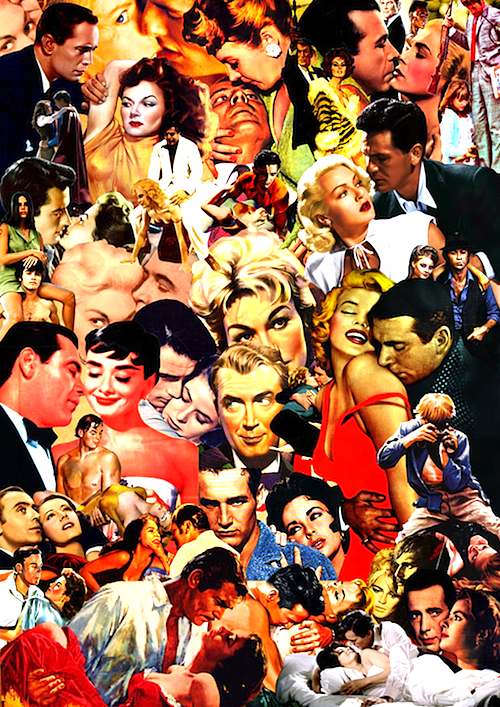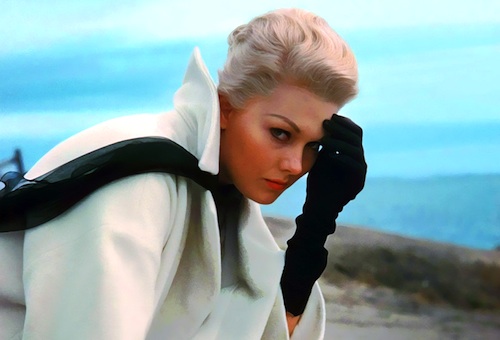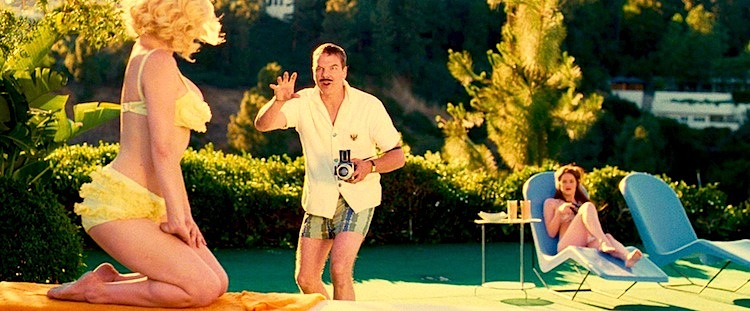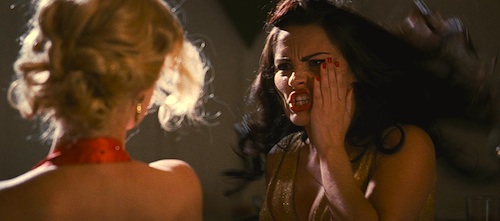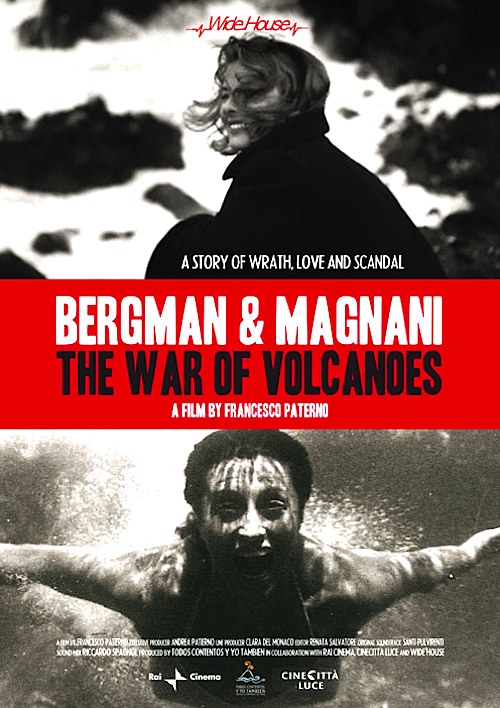 By Joe Bendel. Before Pitt, Jolie, and Aniston dragged their relationships through the tabloids, Ingrid Bergman, Roberto Rossellini, and Anna Magnani thoroughly outraged the filmmaking world. However, they did it with exponentially more talent. Francesco Patierno documents their headline-making scandal and the competing film sets on which it played out in The War of the Volcanoes (trailer here), a selection of the Cinema Reflected sidebar at the 50th New York Film Festival.
By Joe Bendel. Before Pitt, Jolie, and Aniston dragged their relationships through the tabloids, Ingrid Bergman, Roberto Rossellini, and Anna Magnani thoroughly outraged the filmmaking world. However, they did it with exponentially more talent. Francesco Patierno documents their headline-making scandal and the competing film sets on which it played out in The War of the Volcanoes (trailer here), a selection of the Cinema Reflected sidebar at the 50th New York Film Festival.
Rome, Open City was an international triumph for both Magnani and her director, Rossellini. They quickly became close collaborators and lovers, despite their differences in temperament. Magnani was the passionate, ever faithful diva. Rossellini was the charmed smooth talker. It probably would not have lasted, even without Rossellini’s mutual admiration for the unhappily married Ingrid Bergman.
Looking for a break from the Hollywood system, Rossellini’s Stromboli appeared to be the perfect project. A morality play set against the exotic backdrop of the volcanic Aeolian Islands, Stromboli was largely lifted from a proposal developed by Rossellini’s cousins—or at least that is how they saw it. Slightly put out by the appropriation, the budding filmmakers produced their film anyway, with Hollywood director William Dieterle at the helm and none other than the spurned Magnani herself as the star. Guess which director brought their film in on-time and within budget.
As production began on the isolated Stromboli Island, thanks to Howard Hughes, the relationship between Rossellini and Bergman intensified. With rumors swirling and pictures of PDA’s splashed across the newspapers, she became radioactive for her former Hollywood colleagues, leading to no end of stress for the Swedish movie star. The narrative elements of both competing films, featuring disgraced women shunned by narrow-minded islanders, did not exactly help either, but it certainly represents fertile soil for film critics and historians to analyze.
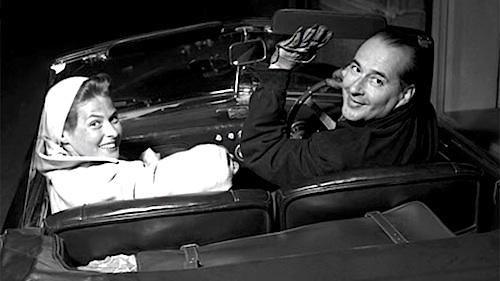
Most movie fans will know the broad strokes of this infamous story, but the details are fascinating. Patierno completely eschews talking heads, telling the tale through anonymous voiceover narration, archival publicity footage, and shrewdly selected clips from the principles’ films that thematically fit the events under discussion (like for instance, Hitchcock’s Notorious). Almost entirely black-and-white as a result, Volcanoes captures a vivid sense of the era’s sophistication.
While rather a shorty at fifty-two minutes (preceded by a ten minute short following the eternal Manoel de Oliveira during the filming of The Strange Case of Angelica), War of the Volcanoes is nonetheless quite informative and entertaining, like a gossip show for upscale cineastes. Recommended for fans of Italian cinema and Hollywood’s golden age, War of the Volcanoes screens this Saturday (9/29) and the following Wednesday (10/3) as part of the 2012 NYFF.
LFM GRADE: B+
Posted on September 27th, 2012 at 12:21pm.
